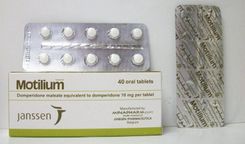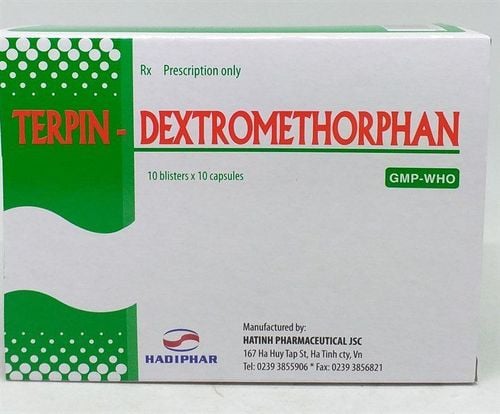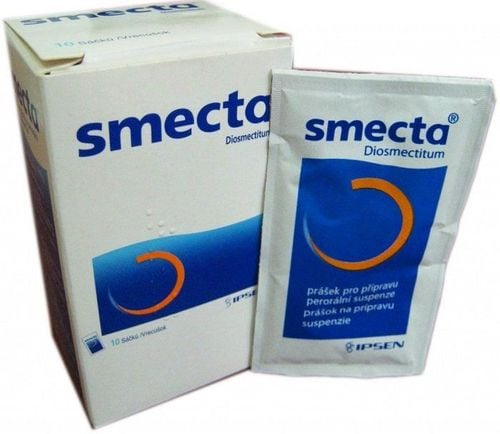Nguyen Thu Giang, Pharmacist
Article by Pharmacist Nguyen Thu Giang - Department of Pharmacy, Vinmec Times City International General Hospital.
Acetylcysteine is a drug commonly used to treat coughs with phlegm and is easily purchased, without a prescription at pharmacies with many different brands, many different forms of use suitable for different subjects from children to adults. However, do not abuse the drug.
1. Indications
2. Dosage form
The drug has many different dosage forms suitable for different indications:
- Common oral route has 200mg tablets, 100mg, 200mg powder packets
- Oral inhalation solution, tracheal drops and oral medication 100mg/mL, 200mg/mL
- Concentrated injection solution: 200mg/mL for infusion.
In Vietnam, most cases use acetylcysteine in tablet form or powder packets to clear phlegm.

3. Dosage
According to the 2015 National Pharmacopoeia of Vietnam, the dosage for expectorant (medicine that helps clear mucus) indications is as follows:
- Adults and children over 7 years old: 200mg/time x 3 times/day. Maximum dose not exceeding 600mg/day
- Children from 2-7 years old: 200mg/time x 2 times/day.
- Children <2 years old: 50mg/time x 2-3 times/day.
However, for children <2 years old, use the drug with extreme caution because this group has difficulty actively coughing up phlegm, has a higher risk of unwanted reactions, especially the risk of respiratory failure, so most manufacturers recommend not to use this product for children <2 years old.

4. Side effects
Unwanted effects that may occur when using the product include:
- Common with a rate of > 1% include: nausea, vomiting, facial flushing, edema, rapid heartbeat
- Uncommon with a rate of 0.1% - 1% include: drowsiness, headache, tinnitus (Ringing in the ears), stomatitis (Inflammation within the mouth),
- runny nose, dry mouth, rash, hives
- Rare but serious include: bronchospasm (muscles around the airways tighten) causing difficulty breathing, respiratory failure, systemic anaphylactic reaction, fever, chills.
5. Note when using
When taking acetylcysteine, please note:
- To reduce the possibility of vomiting due to the drug, you can dilute the oral solution (if mixing the powder packet) or drink plenty of water (if taking tablets).
- Do not use at the same time with other cough medicines or any medicine that reduces phlegm secretion.
- If you have a history of asthma, inform your doctor or pharmacist for close monitoring.
- If you have a reduced ability or difficulty coughing before taking the medicine, you may need to have your phlegm suctioned after taking the medicine.
- Read the ingredients (including the excipients) carefully as some products contain sorbitol, so be careful if you cannot use sugar.
Source: Vietnam National Drug Codex 2015, Medicines.org.uk














